Market Share
Airline Technology Integration Market Share Analysis
The Airline Technology Integration market is a crucial component of the aviation industry, providing airlines with essential solutions to streamline operations, enhance passenger experience, and improve overall efficiency. In this competitive landscape, companies deploy various strategies to position themselves effectively and capture market share. One primary strategy is technological innovation. With the rapid advancement of digital technologies and the increasing demand for seamless connectivity and automation, companies invest in integrated airline technology solutions. These innovations encompass a wide range of products and services, including airline reservation systems, passenger service systems, flight operations software, and revenue management platforms, equipped with state-of-the-art features such as artificial intelligence, data analytics, and cloud computing capabilities. By offering cutting-edge solutions that improve operational efficiency, optimize revenue generation, and enhance customer satisfaction, companies can differentiate themselves and gain a competitive advantage in the market.
Branding and reputation management are also crucial aspects of market share positioning in the Airline Technology Integration market. Establishing a strong brand identity and reputation for reliability, scalability, and customer support is essential for attracting airlines and securing contracts. Companies that provide comprehensive technology solutions, including robust software platforms, responsive technical support, and tailored consulting services, demonstrate their commitment to meeting the unique needs of airline clients. Positive feedback from airlines, industry associations, and industry analysts further strengthens the company's brand image and competitive position in the market.
Price positioning is another critical consideration for companies in the Airline Technology Integration market. While airlines seek advanced technology solutions to improve efficiency and competitiveness, they also prioritize cost-effectiveness and return on investment. Therefore, companies must offer competitive pricing and flexible pricing models to meet the budget constraints of airlines. By optimizing software development processes, leveraging open-source technologies, and offering subscription-based pricing models or pay-per-use options, companies can provide cost-effective technology solutions without compromising quality or performance. Moreover, bundled service packages and revenue-sharing agreements cater to different airline needs and enhance market penetration.
Distribution and channel management play a significant role in market share positioning in the Airline Technology Integration market. Companies leverage various distribution channels, including direct sales, partnerships with system integrators, and collaborations with airline technology providers, to reach airlines effectively. Establishing strategic alliances with airline IT departments, aviation consultants, and regulatory authorities ensures a broad market reach and facilitates access to new customers and markets. Moreover, investing in marketing initiatives, participation in airline industry conferences and trade shows, and engagement with industry forums enhance visibility, fosters brand recognition, and strengthens customer relationships, thereby reinforcing market position and loyalty.
Strategic partnerships and collaborations are instrumental in gaining market share in the Airline Technology Integration market. Companies often collaborate with airline IT vendors, system integrators, and technology providers to develop integrated technology solutions and value-added services tailored to specific airline requirements. Joint ventures and consortiums enable companies to pool resources, share risks, and pursue large-scale projects more efficiently. Moreover, partnerships with research institutions, universities, and industry consortia facilitate access to funding, regulatory support, and expertise, further enhancing market competitiveness and growth potential.

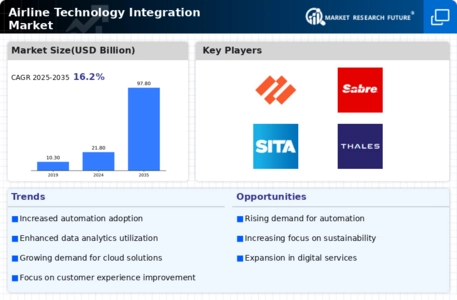
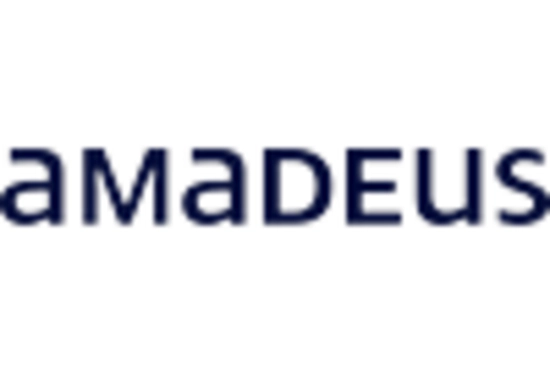
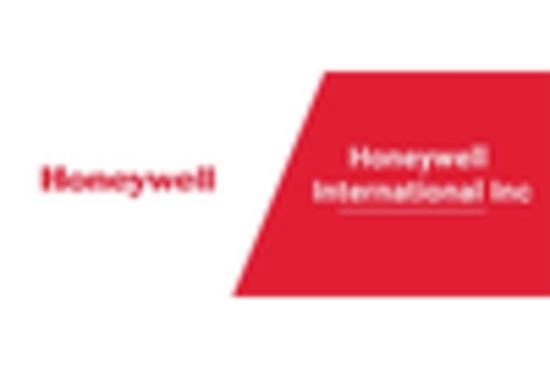
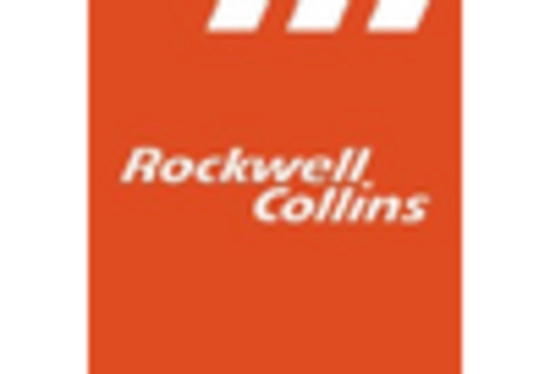
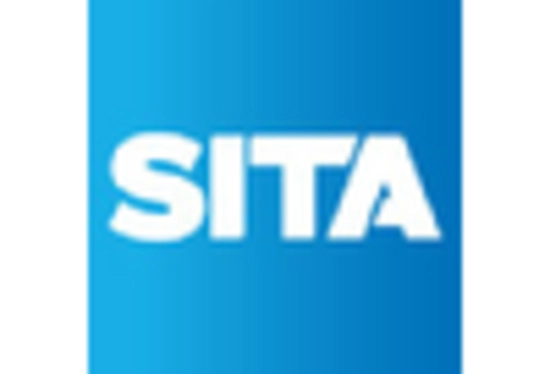
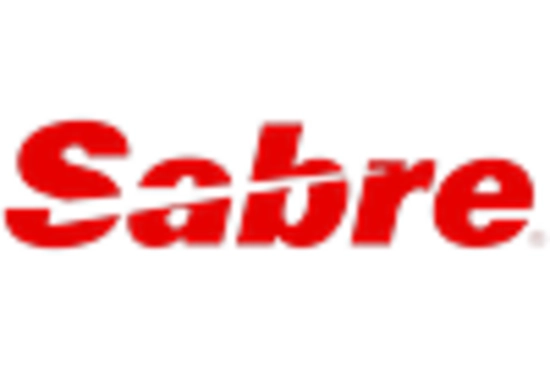










Leave a Comment